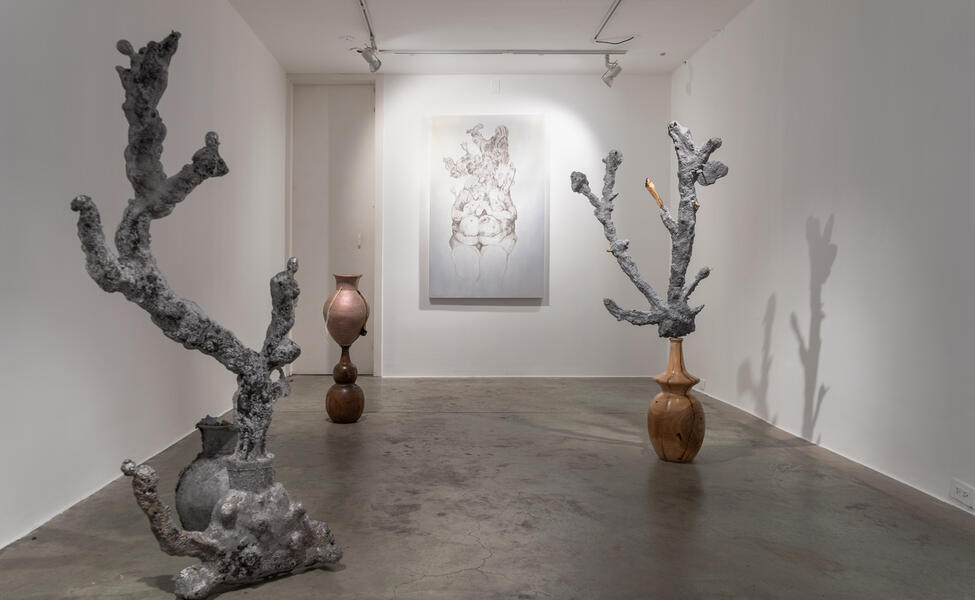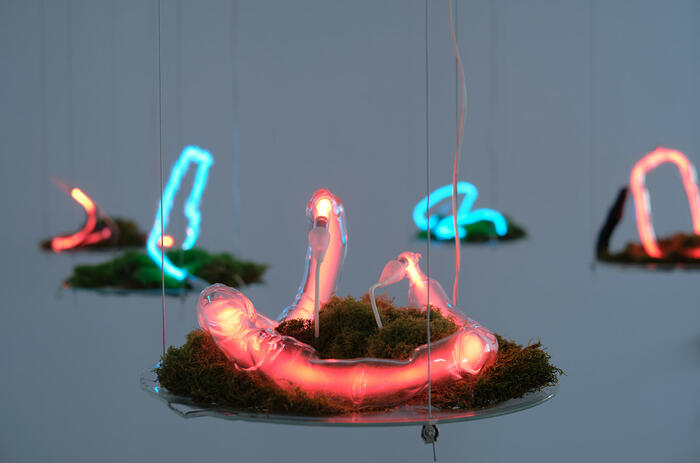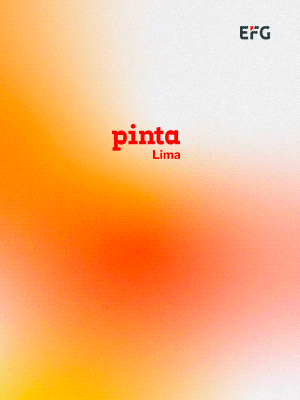SKELETONS OF THE SOUL AT N24 ART GALLERY
The Ecuadorian art space presents Ánima Espina, an exhibition by Nicolás Aguirre (Quito, Ecuador, 1991) and Chloé Viton (Lyon, France, 1993), where the fusion of the human, the ancestral, and the mythical is reflected.

The title of the exhibition is a phrase that plays with multiple meanings related to the soul (ánima) and the spine (espina), encompassing its structure, movement, and notions such as the vertebral column or the "dressed soul".
Nicolás Aguirre's work is characterized by a ritualistic practice that involves various artisans and laborers who interpret and materialize his ideas. As curator Ana Rodríguez describes, ánima thus signifies a "movement of hands around a mystery", and it is "in that movement, through the ritual of craft and manual labor, that it intersects with the work of Chloé Viton—a game played with four hands, with many hands".
Viton explores the relationship between mythology, rituals, and science through characters and elements inspired by the primordial soup theory, a scientific concept that investigates the origins of life. Her work is built upon skeletal-like structures that transform matter and challenge traditional forms. In her creations, textiles and natural elements blend to reflect transformation and the instability of existence. By incorporating figures such as the Japanese oni and reinterpreting mythological symbols like Oni Baba, she delves into themes of discrimination, historical memory, and the resistance of form against time. Through this, her work questions the dichotomy between the human and the non-human, offering a fluid and transformative vision of the world and its beliefs.
Ánima Espina will be on view until January 31 at N24 Galería de Arte, Isabel La Católica N24-274 and Francisco Galavis, Quito (Ecuador).






